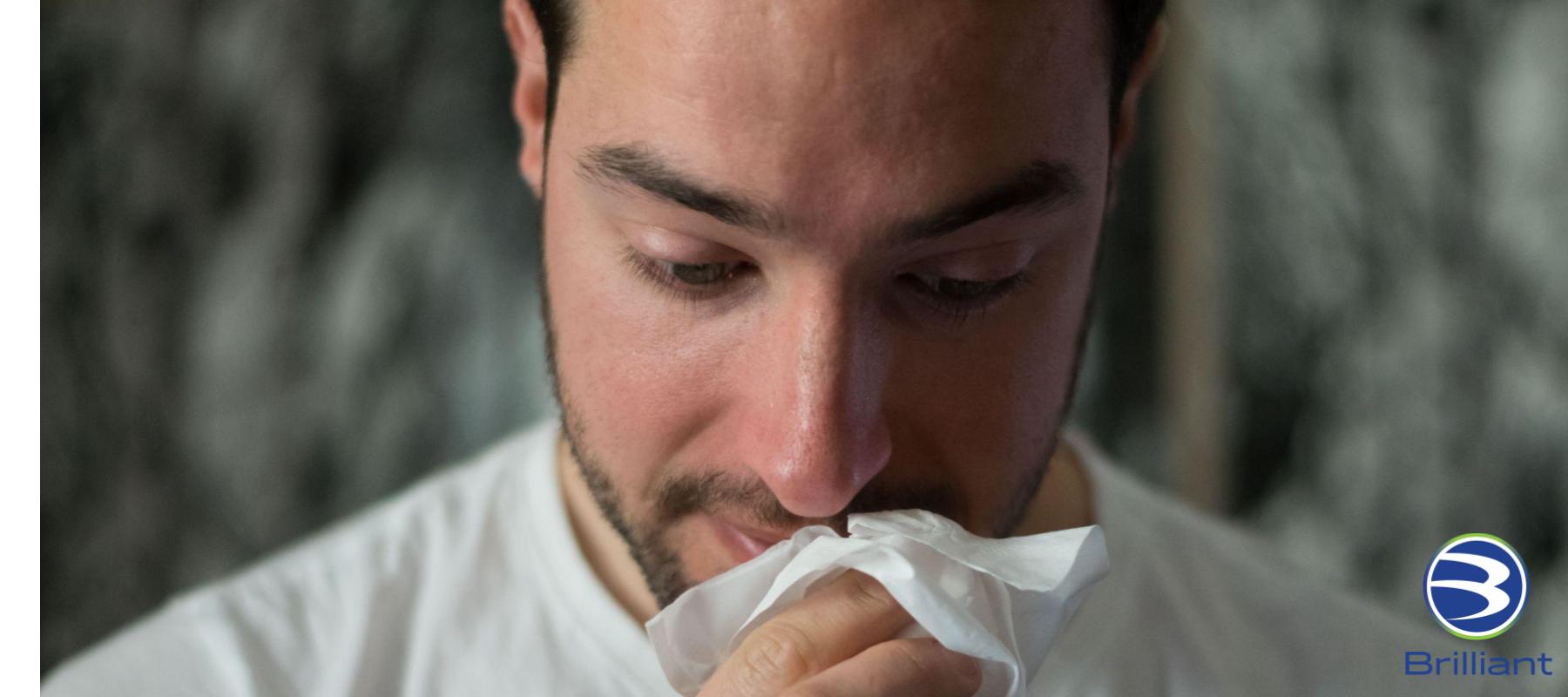- Phone: 1.404.373.4030
- Opening Hours: Mon-Fri 9AM-5PM Eastern

Allergy sufferers know how rough spring can be. Nature returns to life and beauty again in full bloom after the cold of winter and pollen showers everything in its yellow haze. But this isn’t the only season that sends sneezing into overdrive. Often a favorite season of many people, Fall can pack quite a punch on allergy-prone individuals, sometimes more than spring! Why is fall such a brutal allergy season? Research estimates that over 50 million Americans suffer from some form of allergic rhinitis (hay fever). It’s quite a surprising investigation to learn the allergy triggers that can affect people in the fall. Let’s take a look at what makes fall so difficult on seasonal allergies and find some ways that you can still be outdoors to enjoy the color of the changing leaves, cool fall breezes, and everything pumpkin, apple, and all the harvest time fun!
Cooler temperatures are a key to spending more time outdoors since the heat of summer has finally passed. What’s the one thing holding some people back from enjoying a fall stroll through the leaves? Pesky fall allergies! If you find yourself sneezing your way through autumn, you are not alone, and here’s what is likely causing your allergy symptoms:
Fall ragweed and pollen season is a real thing, and ragweed, along with the other allergy triggers we discussed, can bring about all kinds of unwanted allergy symptoms:
As much fun as fall is, it’s no party for those who suffer from these symptoms!
We’ve listed all the bad news, now let’s focus on the good news! There are some great treatments for fall allergies and some good ways to help prevent and reduce your allergic reactions to fall’s allergens:
If you are plagued with fall allergies, don’t be upset! There are many ways you can head off those allergy symptoms before they start. It may take a little work on your part, but it will be worth it to enjoy the color of the leaves, the cool temperatures and the many fun activities fall brings. Keep some allergy medicine in your bag, put your allergy fighting nose spray in your jacket pocket, put on a face mask and rake up those beautifully colored leaves and watch the beauty of the seasons change!
© 2021 Compac Industries. All rights reserved.
This article is intended to provide an understanding of and knowledge about “health topics” as expressed through the perspective and research of the author. It is not intended to be a substitute for professional advice or counsel, including the diagnosis or treatment of any condition. Always seek the advice of your qualified healthcare provider with any questions you may have regarding a medical condition, illness or treatment of any listed or non-listed situation above. By using this site, you signify your assent to our Terms and Conditions.
Sources:
https://acaai.org/allergies/allergic-conditions/seasonal-allergies/
https://www.healthline.com/health/allergies/fall-allergens
https://www.webmd.com/allergies/fall-allergy-relief
https://www.prevention.com/health/a20467051/fall-allergy-symptoms-and-triggers/
https://www.health.com/mind-body/fall-allergies


DISCLOSURE: Noelle Copeland RDH is an Oral Care Specialist and Dental Consultant who provides content

DISCLOSURE: Noelle Copeland RDH is an Oral Care Specialist and Dental Consultant who provides content

We believe that all people are fearfully and wonderfully made and designed in the womb for a grand purpose.
Useful Links
Copyright © 2023 Compac Industries | All Rights Reserved.